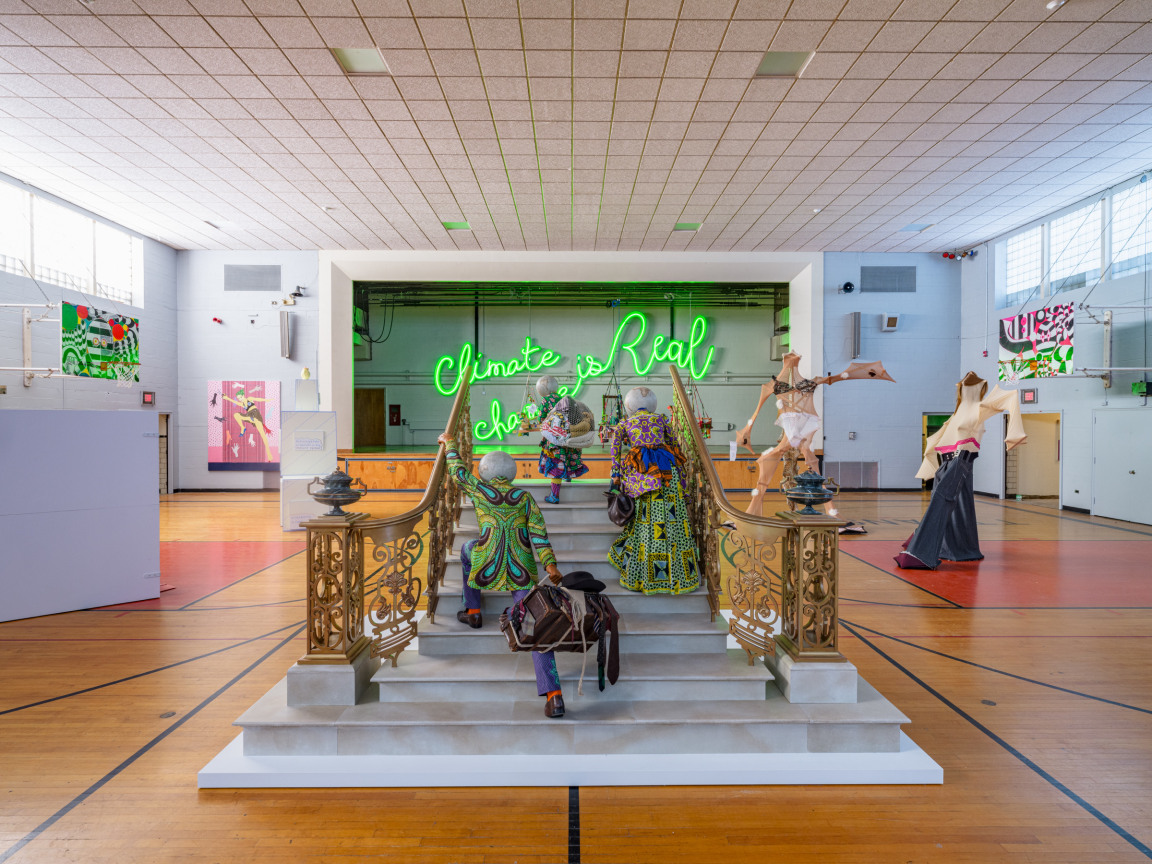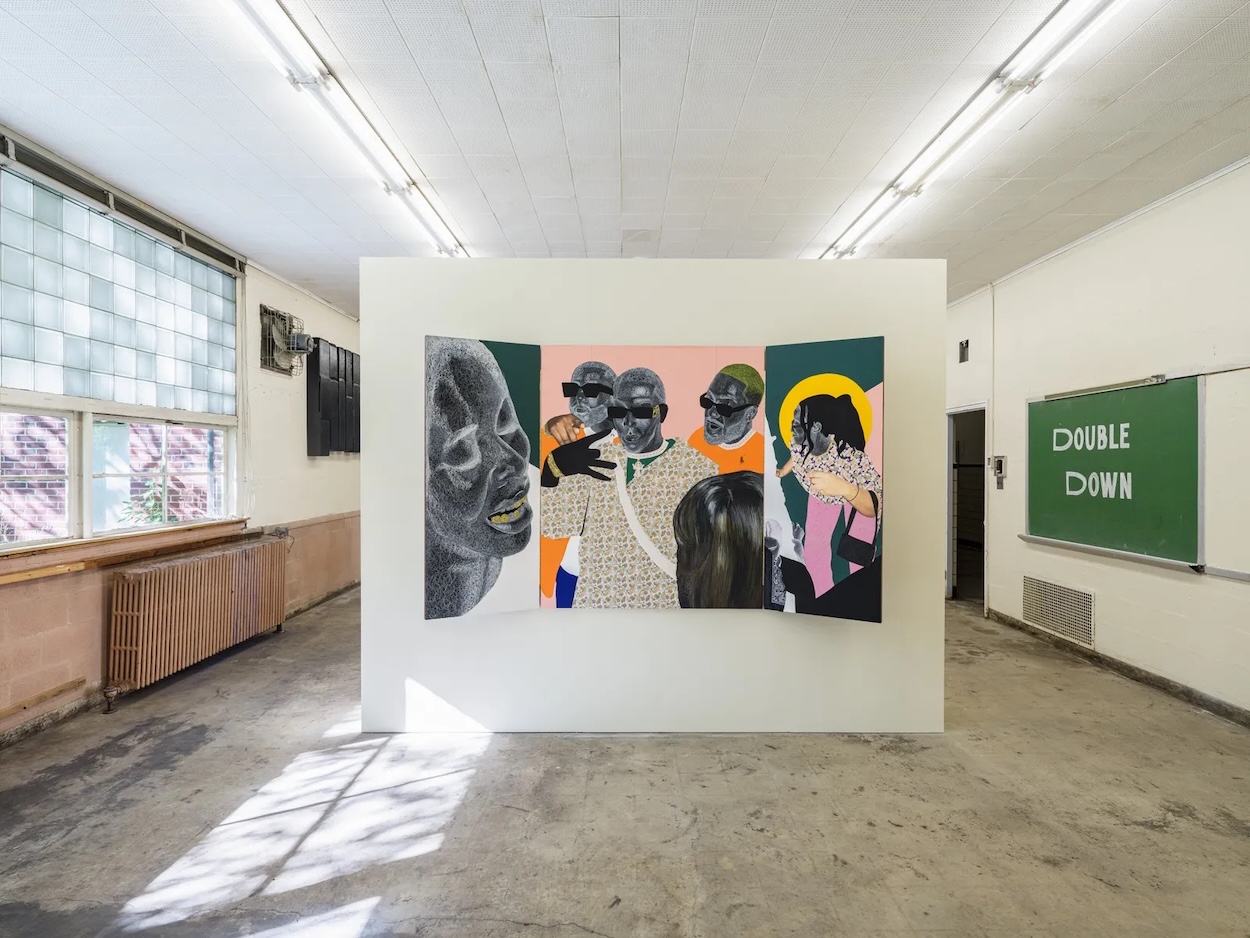In the early pandemic’s grimmest days, when existential fears loomed large for mid-size galleries, the Tribeca dealer Andrew Kreps was scouting properties upstate where he could store art for far cheaper than in the city. He soon discovered the long-abandoned Ockawamick School in Columbia County, which had sat unoccupied since the ‘90s and was being sold by the estate of late interior designer Eleanor Ambos for $1.2 million. It fit the bill—the 78,000-square-foot property, which sits on two dozen grassy acres, could offer both storage and, as Ambos’s listing suggested, an unorthodox art venue. Kreps’s neighbors, the dealers Stefania Bortolami and James Cohan, were intrigued and went in. HBO promptly rented out the school from them as a set for Pretty Little Liars, making the investment profitable.
Fast forward to this summer, and with the additional help of peers Kaufmann Repetto, Anton Kern, and Kurimanzutto, the school has undergone an unlikely transformation into The Campus, one of upstate’s liveliest contemporary art hubs. Kicking things off is a giant group show drawing from more than 80 artists across the six galleries’ rosters, taking over seemingly untouched spaces like brick-lined hallways and science labs that look plucked from a John Hughes movie. Unexpected dialogues ensue—a Miguel Calderón video about bestsellers is projected in a locker room shower while a Great Migration–themed sculpture by Yinka Shonibare animates the cavernous gymnasium. Blue-chip names abound, from Jenny Holzer and Rachel Harrison to Sanya Kantarovsky. Space is given to emerging talents thanks to a partnership with NXTHVN, the annual fellowship founded by Titus Kaphar and Jason Price.
The results disprove any skepticism about too many cooks in the kitchen—er, cafeteria—but that’s largely thanks to freelance curator Timo Kappeller, who liaised between the galleries to create a more unified vision for the inaugural show. He also had sizable precedent to work with. MoMA PS1 and an outpost of Jack Shainman Gallery are both located in converted schools, and Kreps’ initial idea stemmed from the 2006 Berlin Biennial, which was partially staged in a Jewish school for girls that was shuttered by Nazis. The Campus will surely see most foot traffic in the summers, when antsy New Yorkers are itching to escape musty city summers, but Kappeller has year-round activities planned like workshops, film screenings, performances, and talks to keep the remote school abuzz.



